PDF-Nuclear Renaissance Requires Nuclear Enlightenment
Author : tatiana-dople | Published Date : 2016-04-28
W J Nuttall Judge Business School Cambridge University Trumpington Street Cambridge CB2 1AG UK Abstract elites during the Cold War and as a consequence is regarded
Presentation Embed Code
Download Presentation
Download Presentation The PPT/PDF document "Nuclear Renaissance Requires Nuclear Enl..." is the property of its rightful owner. Permission is granted to download and print the materials on this website for personal, non-commercial use only, and to display it on your personal computer provided you do not modify the materials and that you retain all copyright notices contained in the materials. By downloading content from our website, you accept the terms of this agreement.
Nuclear Renaissance Requires Nuclear Enlightenment: Transcript
Download Rules Of Document
"Nuclear Renaissance Requires Nuclear Enlightenment"The content belongs to its owner. You may download and print it for personal use, without modification, and keep all copyright notices. By downloading, you agree to these terms.
Related Documents

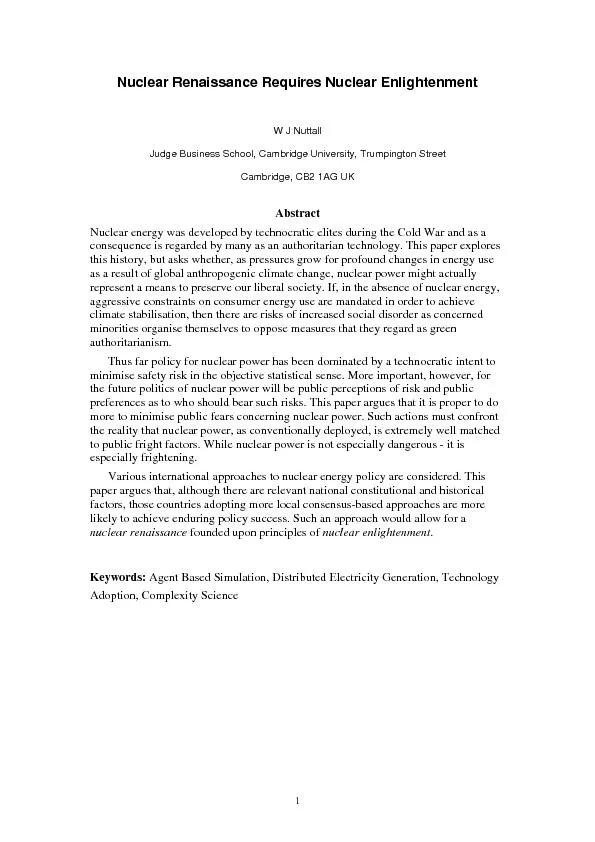
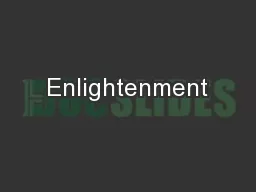
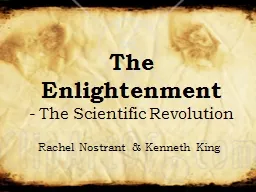
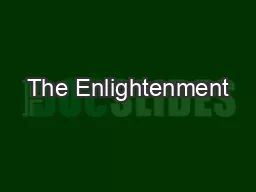


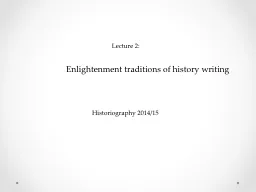
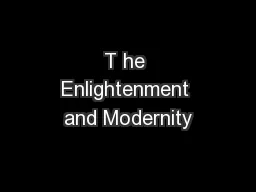


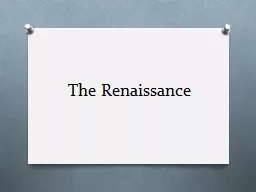
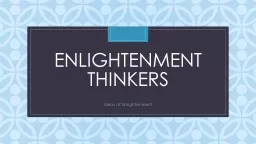
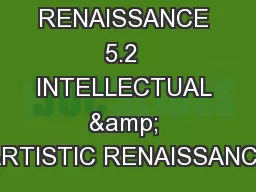
![Renaissance Italy http://www.kmkz.com/jonesj/gallery/renaissance italy[1].jpg](https://thumbs.docslides.com/717618/renaissance-italy-http-www-kmkz-com-jonesj-gallery-renaissance-italy-1-jpg.jpg)